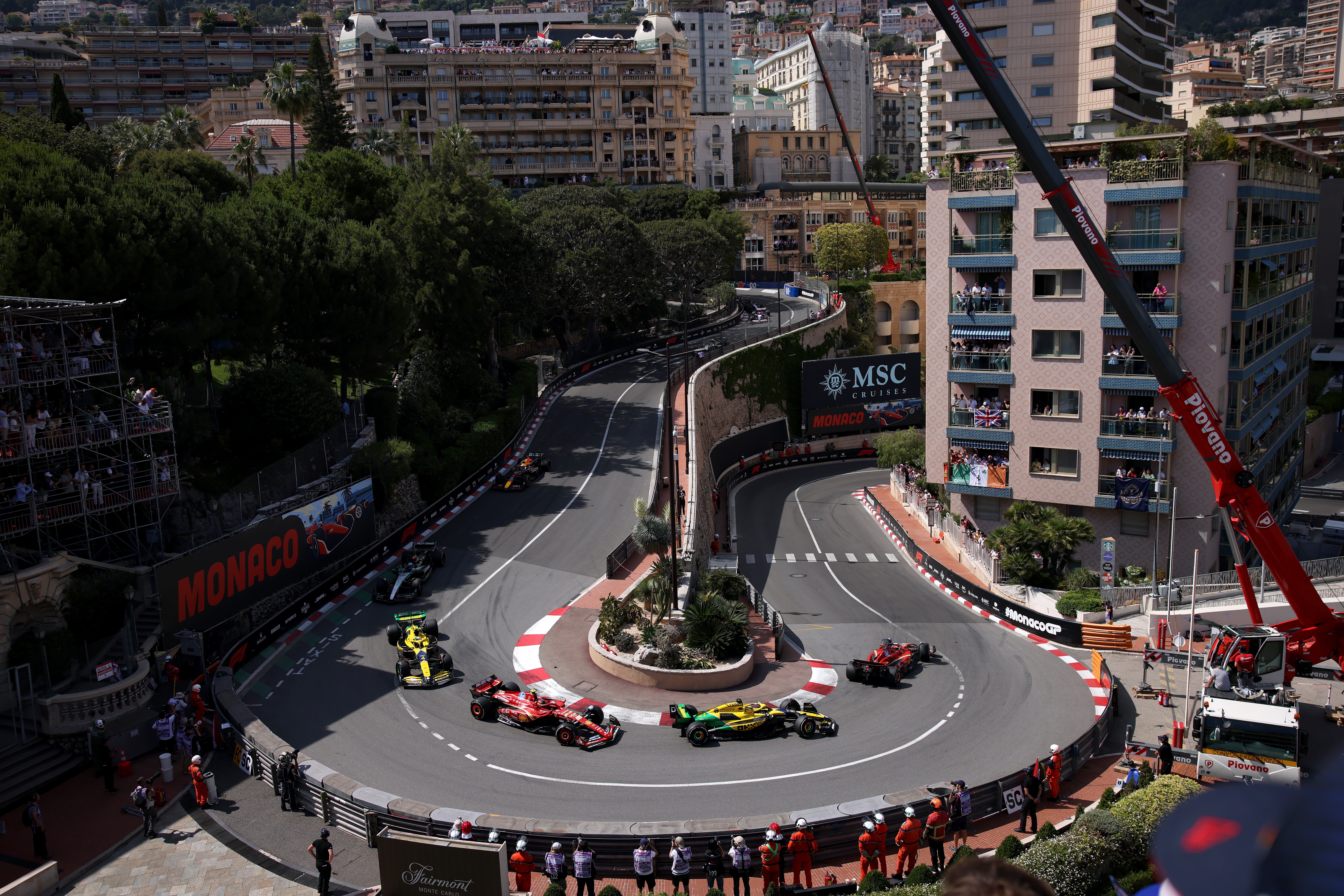At Monaco 2024, after Charles Leclerc’s emotional first victory at his home race, another Formula One first. Never in the sport’s 74-year history had the top 10 from the start finished the race in the same order but, after a first-lap red flag meant all of the cars could change tyres and did not need to pit again, the order from qualifying took the chequered flag 24 hours later. What’s more, an overtake did not even look close to materialising.
Lewis Hamilton at least tried something different. A free pit stop on lap 52, saving his medium tyres from further graining and attempting an undercut on Max Verstappen ahead, but Red Bull simply responded with a pit stop of their own a lap later to thwart the Mercedes driver. The other eight drivers kept position comfortably. Not out of choice, but out of sheer reality.
It’s nothing new: without a driver mistake or strategy mishap, you cannot overtake at Monaco. There is one DRS zone and it is one of the smallest straights on the calendar. The slow-speed twists and turns of the famous principality is, more so now than ever, unsuited to the large, stiff nature of modern-day F1 cars.
The overwhelming sense from the media pen afterwards was one of frustration, amid continued calls for track modification.
Verstappen, who finished sixth and could not squeeze his Red Bull past George Russell ahead, said over the radio: “F*** me, this is really boring… I should’ve brought my pillow”.
Russell, in light-hearted conversation with Verstappen afterwards, suggested there should be mandatory pit stops at Monaco. Hamilton has previously suggested two stops minimum. This time, he suggested three.
That might be the only realistic solution but is it sporting to incorporate specific rules for specific races? F1 does already cater to Monaco to an extent; it is the only race that does not adhere to the FIA’s mandated 305km race distance rule, despite a 78-lap grand prix. Yet the precedent a minimum amount of pit stops would set could be far-reaching and could land F1 in a sticky situation.
A plethora of other drivers have called for a change of layout – but how can you change the unchangeable? Monaco’s unique narrow streets make it near-impossible to alter the 19-turn track, and a new expansion beyond Portier (the turn before the tunnel) has made one optimistic solution unworkable.
One solution could be to remove the Nouvelle Chicane after the tunnel – creating another DRS section – but the approaching speeds for the tight, high-speed Tabac section after it would make the start of sector three unsafe. And even then, the street does not give enough room for two F1 cars to race side-by-side.

If they do, they end up in the wall. Just ask Sergio Perez, who could do nothing when Kevin Magnussen saw a gap, down the right-hand side up the hill after turn one, which wasn’t there. A tip, a spin, a smash. The pictures of Perez’s destroyed Red Bull afterwards sum up what happens if a move is attempted in the principality.
All of this poses a problem. A problem that has been present for decades. A problem that is seemingly unsolvable.
With the news of Monaco’s six-year, £25m-a-year contract extension with F1, the two-way commitment continues into the 2030s. That being said, the circuit layout will not change due to the logistics and constraints of the principality. So, should a minimum of two pit stops be made mandatory?
The prestige of the event for celebrities and high-rollers is indisputable. For drivers, too, qualifying on Saturday has a paramount importance unlike any other in the schedule. But from the end of Q3, the race is virtually decided and those same drivers complain of boredom a day later.
Can it be changed, in one way or another?
Article originally published on 27 May 2024

